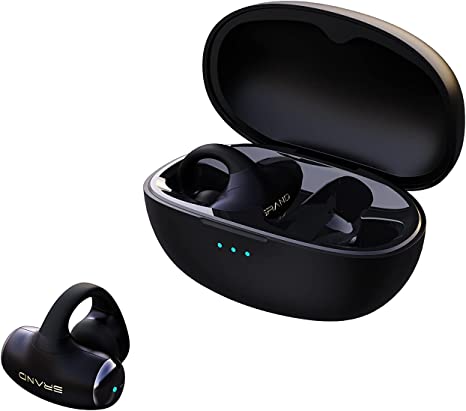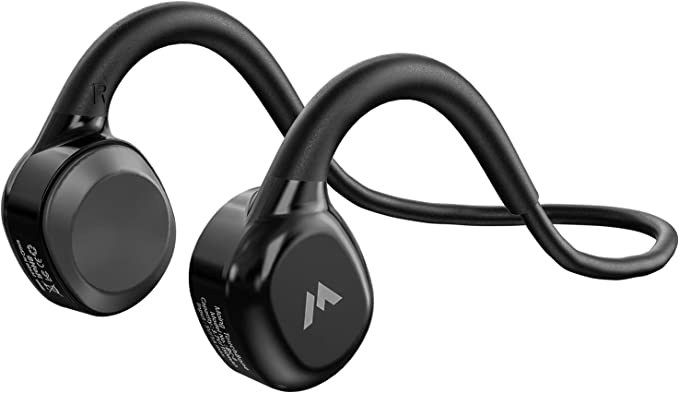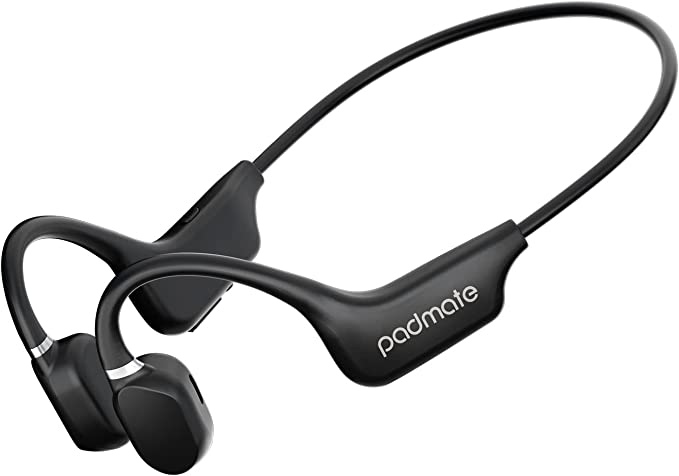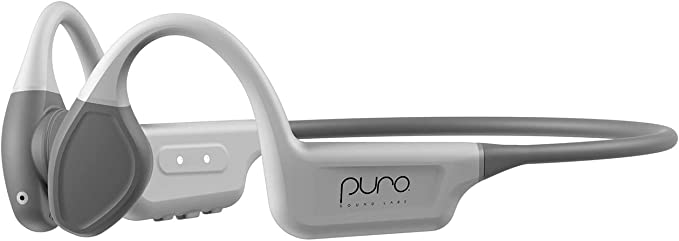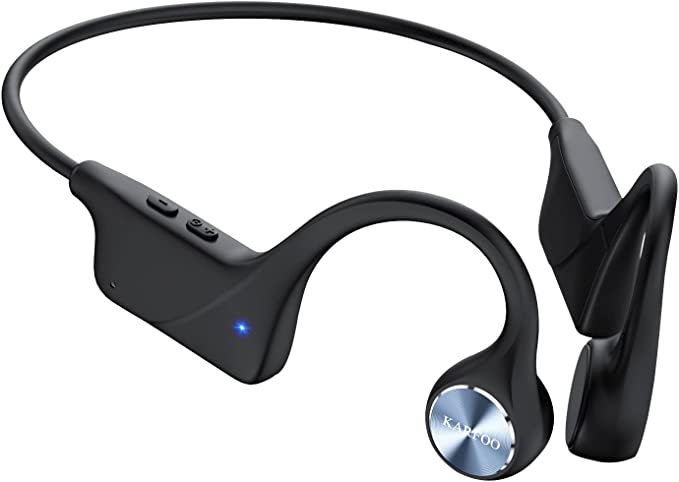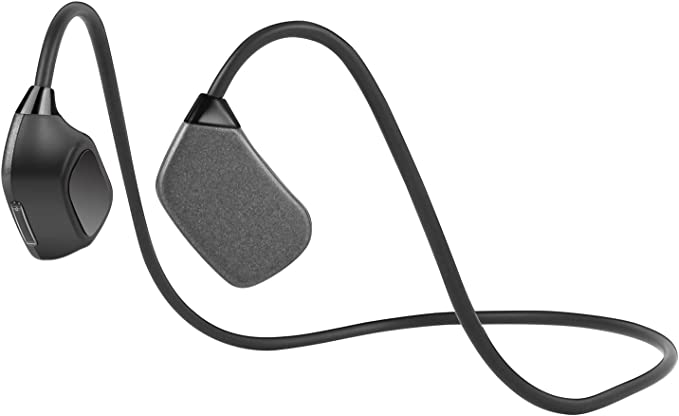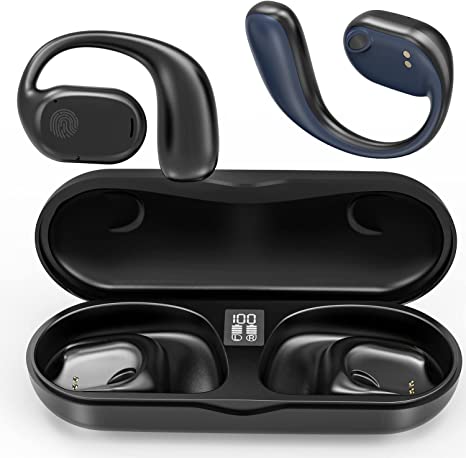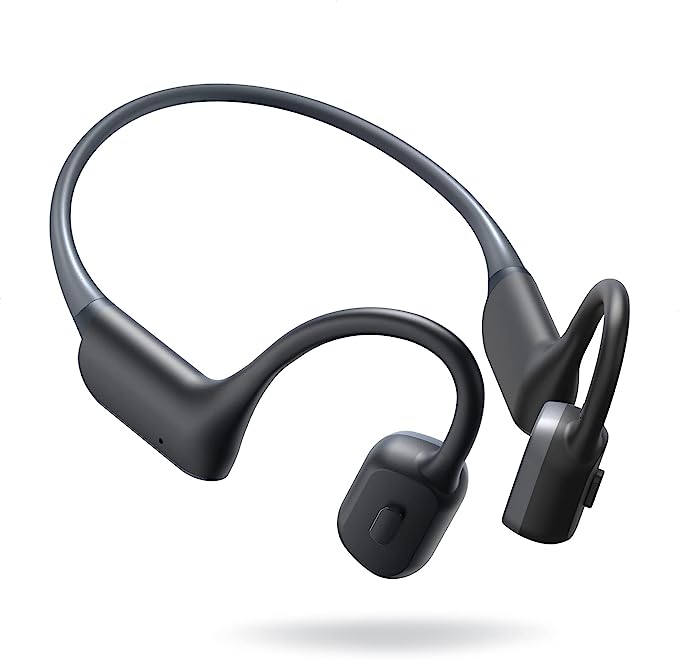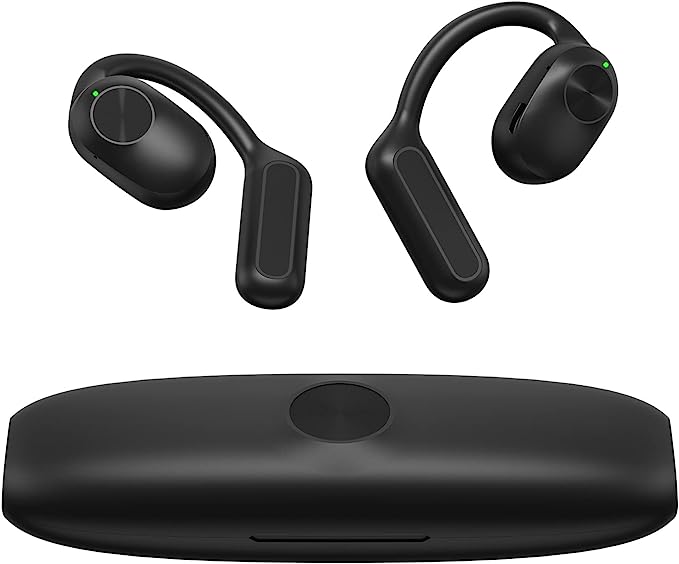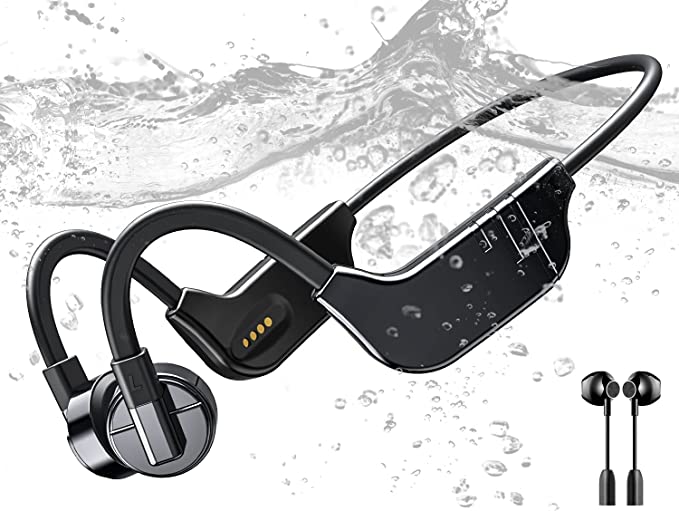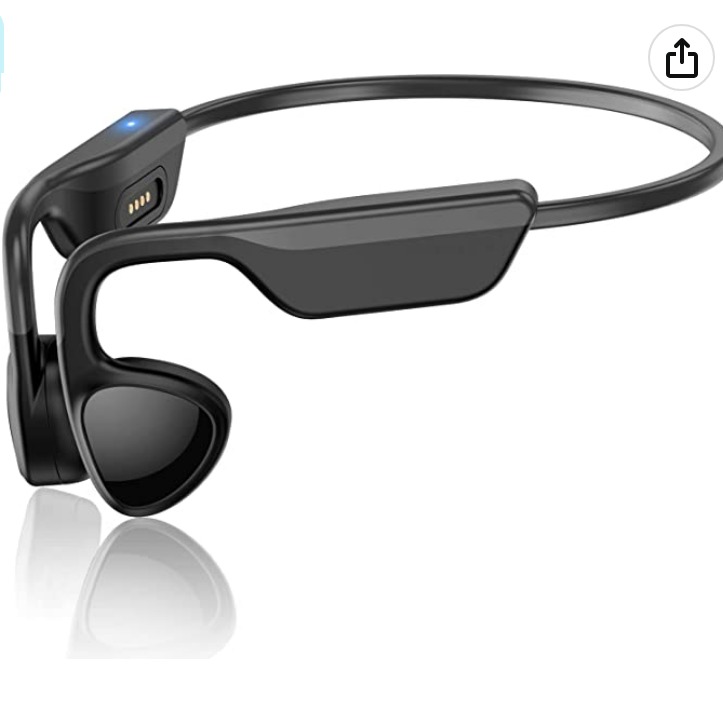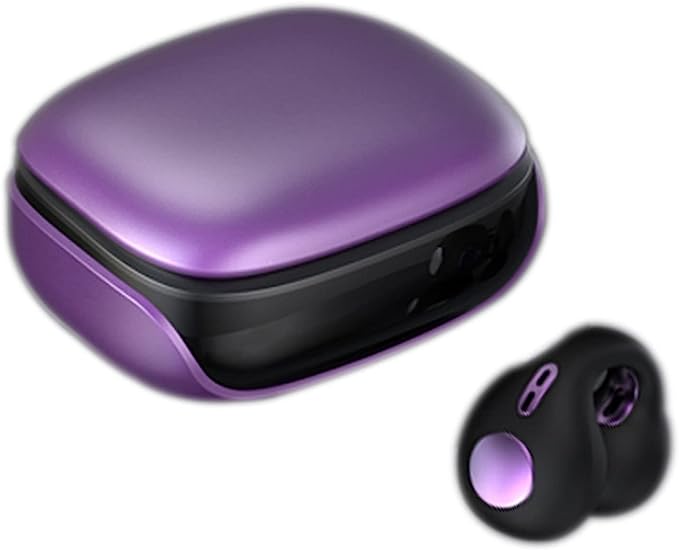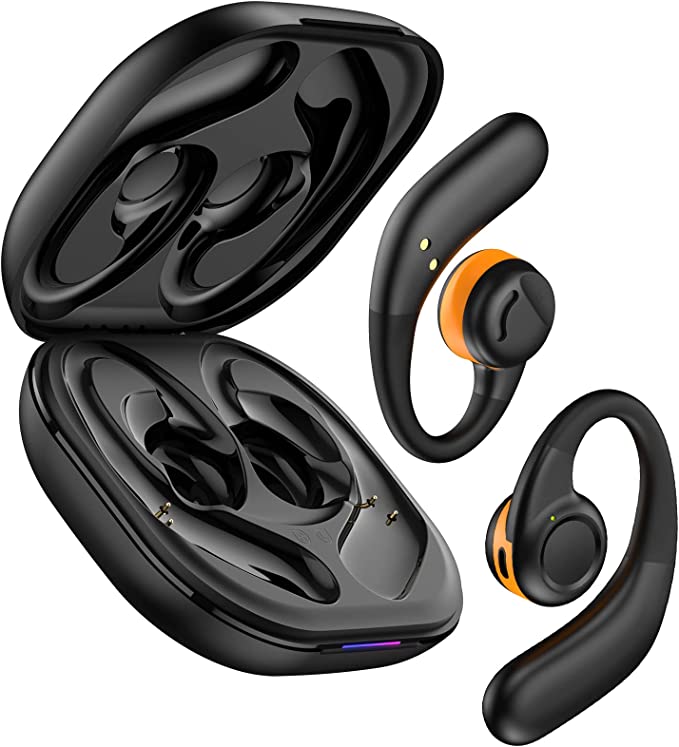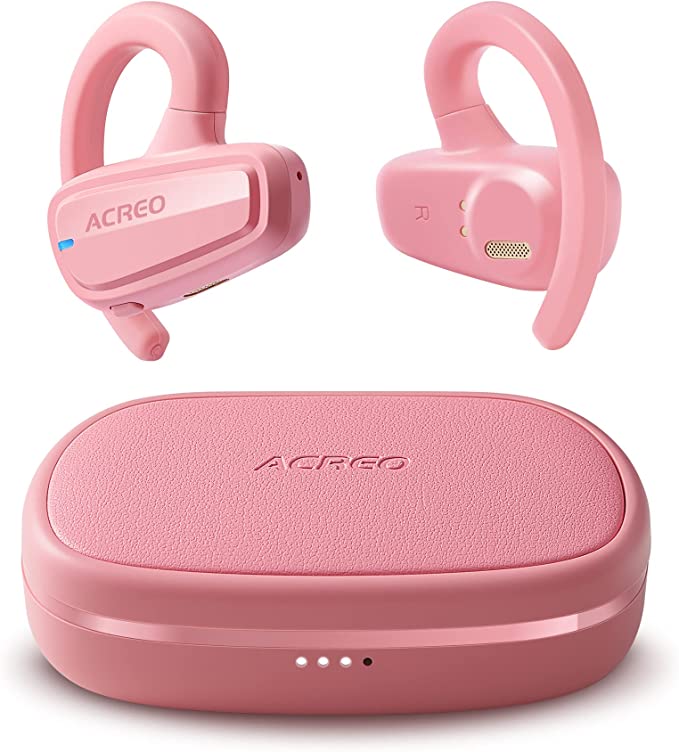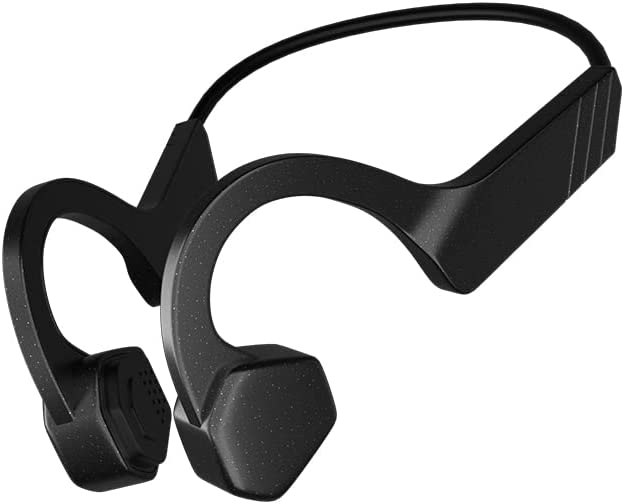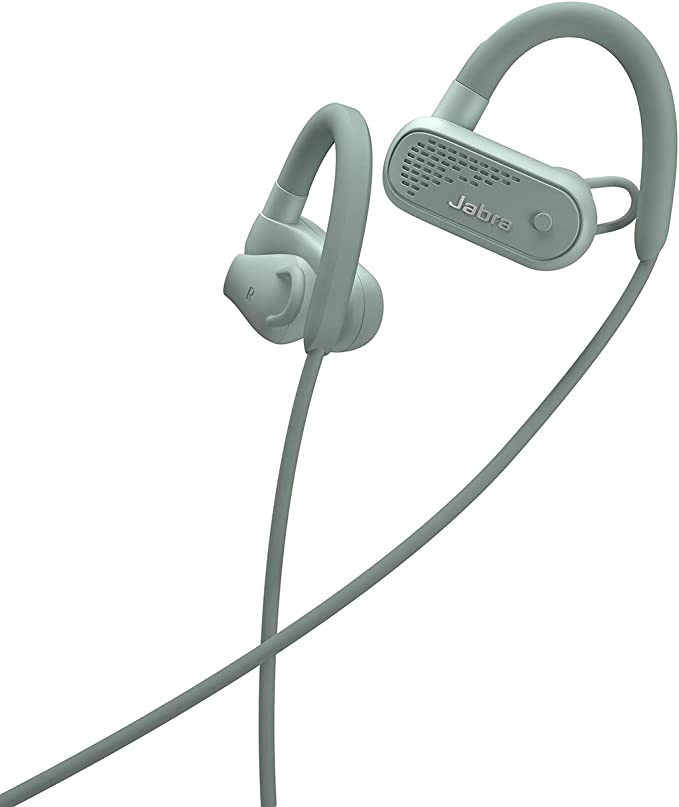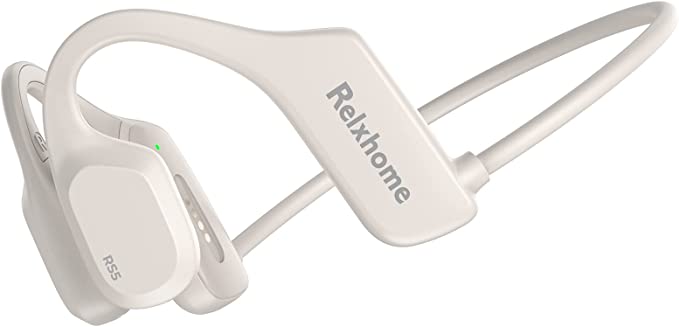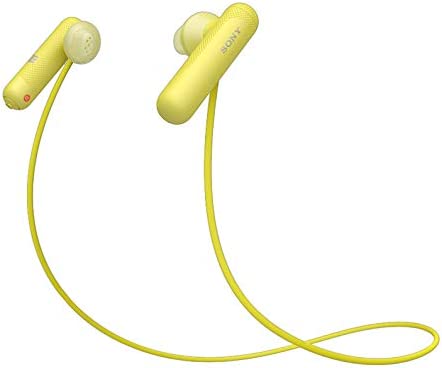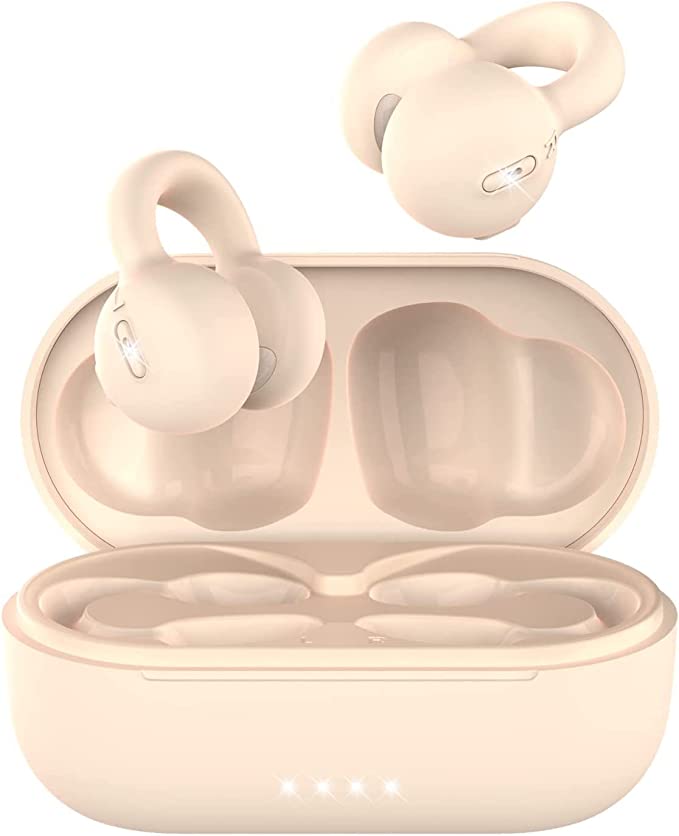The Clarity Paradox: Unmasking the Physics of Open-Ear Audio and Air Conduction
Update on Nov. 23, 2025, 7:59 a.m.
In the personal audio market, terminology can often be as murky as the sound from a blown speaker. A cursory glance at online marketplaces reveals a flood of devices labeled “Bone Conduction,” yet upon closer inspection, they function quite differently from the medical-grade conduction technology originally developed for hearing aids.
This brings us to a critical distinction in modern acoustic engineering: the difference between True Bone Conduction and Directional Air Conduction. Understanding this distinction is not just academic semantics; it fundamentally alters the user experience, from bass response to long-term comfort. Devices like the Mudtun Wireless Headphones sit at the center of this technological convergence, utilizing a clip-on form factor to deliver sound without sealing the ear canal. To appreciate what these devices offer, we must first decode the physics of how they deliver sound to your brain.

The Physics of Delivery: Vibration vs. Projection
True Bone Conduction works by bypassing the eardrum entirely. Transducers rest on the cheekbones and generate mechanical vibrations that travel through the skull directly to the cochlea. While revolutionary for those with conductive hearing loss, this method has physical limitations: generating low frequencies (bass) requires significant energy and often produces an intense, tickling sensation on the skin.
In contrast, the technology often found in modern “clip-on” open-ear devices is more accurately described as Directional Air Conduction.
Looking at the design of the Mudtun headphones, we see miniature speaker drivers positioned precisely over the ear canal, but not in it. This setup utilizes Beamforming Acoustics. Instead of vibrating the bone, the driver pushes air waves in a focused beam directly toward the tympanic membrane (eardrum).
Why does this distinction matter? * Fidelity: Air is a better medium for transmitting detailed high frequencies and rich bass than bone. Air conduction devices typically offer a fuller, more “musical” sound profile compared to the flatter, radio-like quality of true bone conduction. * Comfort: It eliminates the “vibration fatigue” or tickle that some users experience with bone vibrators at high volumes.

The Ergonomics of the “Ear Clip”
The most radical departure in recent headphone design is the shift from the “hook” to the “clip.” Traditional sports headphones use a hook that goes over the top of the ear, often interfering with glasses or hats.
The Ear Clip design, as utilized by Mudtun, relies on a clamping mechanism that attaches to the helix of the ear. From a biomechanical perspective, this distributes weight (reported as a negligible 0.17 ounces) across the cartilage rather than hanging it from the root of the ear.
This form factor addresses a specific pain point: Ear Canal Fatigue. By leaving the canal completely open, the “occlusion effect” (the booming sound of your own voice and footsteps when ears are plugged) is eliminated. The clip design creates a “floating speaker” effect, which is particularly advantageous for situational awareness.

Situational Awareness: The Biological Advantage
The primary engineering goal of open-ear audio is not isolation, but integration. Evolution gave us ears that act as an early warning system. Blocking them with silicone tips fundamentally compromises our biological situational awareness.
By employing an open design, devices like these preserve the Pinna Effect. The pinna (the outer ear structure) plays a crucial role in vertical sound localization—telling you if a sound is coming from above or below. Traditional headphones bypass the pinna. Open-ear clip-ons allow ambient sounds to interact naturally with the outer ear, maintaining the brain’s ability to spatially locate traffic, voices, or environmental hazards.
Connectivity and The Modern Standard
Wireless stability is the backbone of the open-ear experience. With the integrated Bluetooth 5.2 chipset, modern devices have largely solved the latency and dropout issues of the past.
Bluetooth 5.2 introduces Isochronous Channels (ISOC), a feature designed to support the next generation of Bluetooth Audio (LE Audio). While the technical specifics are complex, the practical benefit for the user is a robust signal that resists interference in crowded RF environments, such as gyms or public transit. This ensures that the focused beam of audio remains uninterrupted, maintaining the illusion that the music is simply “appearing” in your head.

The Reality of Battery Density
For ultra-compact wearables, the limiting factor is always the Energy Density of the lithium-ion cells. Fitting a battery into a tiny ear clip without making it bulky is a significant engineering challenge.
The reported 3-4 hours of continuous playback is a typical trade-off for this form factor. Unlike larger over-ear headphones that can house massive batteries, clip-ons must balance weight against runtime. The charging case becomes an essential component of the ecosystem, serving as a portable power bank to bridge the gap between sessions. This cycle of “wear, charge, repeat” is the current standard in true wireless ergonomics.

Conclusion: Embracing the Open World
The categorization of devices like the Mudtun headphones can be confusing due to marketing terminology. While they may share the “open-ear” philosophy with bone conduction, their engineering DNA is distinct. They represent the evolution of Air Conduction—leveraging directional acoustics to provide a safe, high-fidelity listening experience that respects the anatomy of the human ear.
For the consumer, the choice comes down to a preference for physics: Do you want the vibration of bone conduction, or the acoustic fidelity of directional air conduction? For those prioritizing music quality and comfort without isolation, the air conduction clip-on offers a compelling, scientifically sound alternative.
